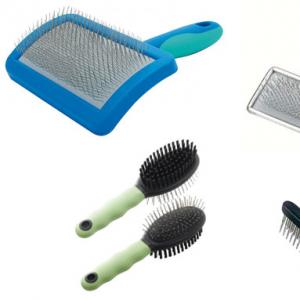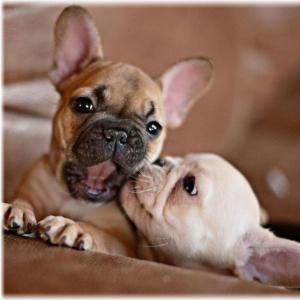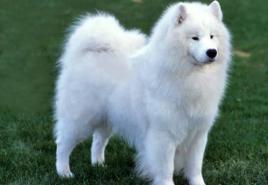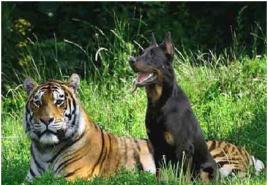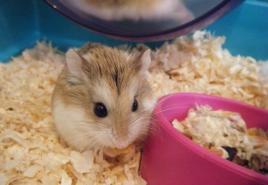Chinchilla - conditions of keeping at home and price
The chinchilla is a rather whimsical pet.
Chinchillas are indigenous to the Andes. They choose higher places to live – from 300 to several thousand meters. However, now more and more often they can be found in ordinary residential premises as pets.
How does a chinchilla behave at home?
Many, having fallen under the spell of a chinchilla, cannot resist and buy it for themselves and as a gift, not always thinking about the consequences. But the decision to have a chinchilla at home should be taken just as seriously as the decision to get a dog. What should a future rodent owner know? What features does a chinchilla have - an animal about which you may encounter the most unexpected reviews:
- As a rule, these rodents are not aggressive and do not bite those who pick them up.
- Chinchillas do not have an unpleasant odor, unlike other rodents.
- This is a nocturnal animal, with the onset of darkness they begin to run noisily, gnawing, and playing. Therefore, they are not suitable for people who have sensitive sleep.
- Unfortunately, like all pets, your furry rodent can get sick, and finding a competent veterinarian can be difficult.
- For an animal like a chinchilla, the price can be quite high. Some rare breeds can cost more than $2,000.
They are smart and quick-witted enough to learn to go to the litter box and respond to a nickname. And with some effort, a chinchilla can be taught to follow simple commands. Of course, you won’t be able to learn the “Voice” command with her, like with a dog. But it is quite possible to make the pet respond to its name, for example.
In addition, chinchillas are very independent and can display a character that is unique to each individual. Some owners also note that these rodents do not get along well with other animals, especially ferrets and cats.
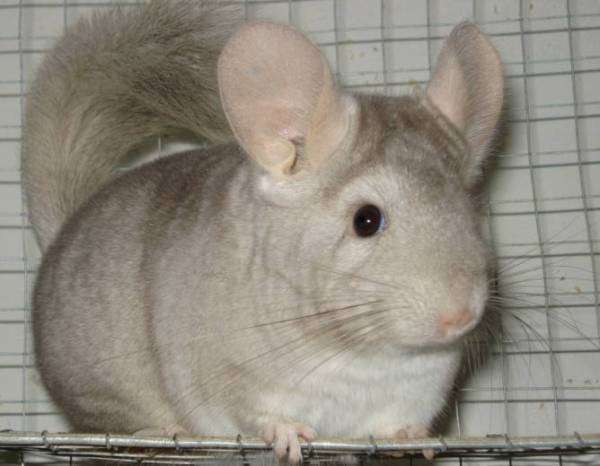
Breeding and keeping chinchillas
Breeding chinchillas at home is quite possible. Another question is for what purposes this is being done. Some sell 1-3 cubs per year to people who decide to keep a rodent as a pet. Others set up entire farms where they raise animals to sell for fur products (after all, chinchilla fur is incredibly highly valued; for example, expensive fur coats are made from it).
In any case, if breeders want their pets to live comfortably, then they need to provide proper care.
- A chinchilla at home should be kept in a large cage: the minimum size for one animal is 50x50x50 cm (more is better), and the distance between the bars is up to 2 cm.
- Inside you need to place several perches, a ladder, a “house”, a “bath” with dust (chinchillas clean their fur with dust), as well as containers for food and a special bottle for water.
- As food you can use special granulated mixtures from pet stores, dried berries (rose hips, rowan, hawthorn), as well as hay.
- In the room where the animal is kept, the temperature should be from +15 to +25 degrees with a humidity of 60-90%.
This will already be enough for the animal to feel normal. However, great efforts must be made to ensure its beautiful appearance.
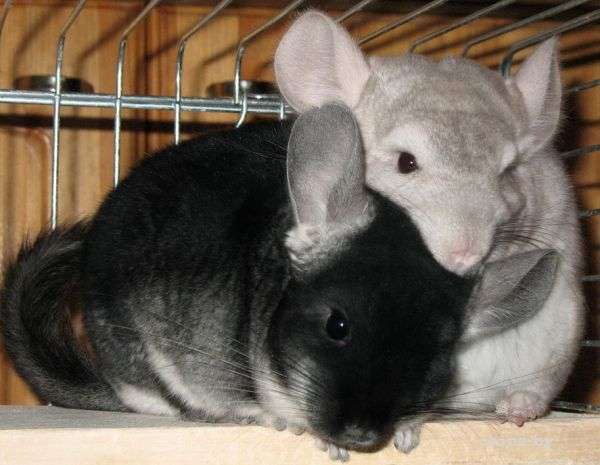
Chinchilla health
Monitoring the health of a rodent is quite simple. It is necessary to regularly examine his eyes, nose and ears for discharge and spots. There should be no plaque on the teeth; healthy teeth in chinchillas are orange. There should also be no stains on the mucous membrane of the mouth (these animals are somewhat prone to inflammation of the oral cavity).
The most important thing is, of course, the fur. In a healthy animal it is smooth, shiny, and velvety. If the fur falls out (especially in clumps), this may indicate severe stress, unacceptable living conditions, skin disease, etc.
But if you treat your pet seriously, take care of it, regularly look after it and monitor its well-being, then it will delight its owners for at least 15 years.
Irina

